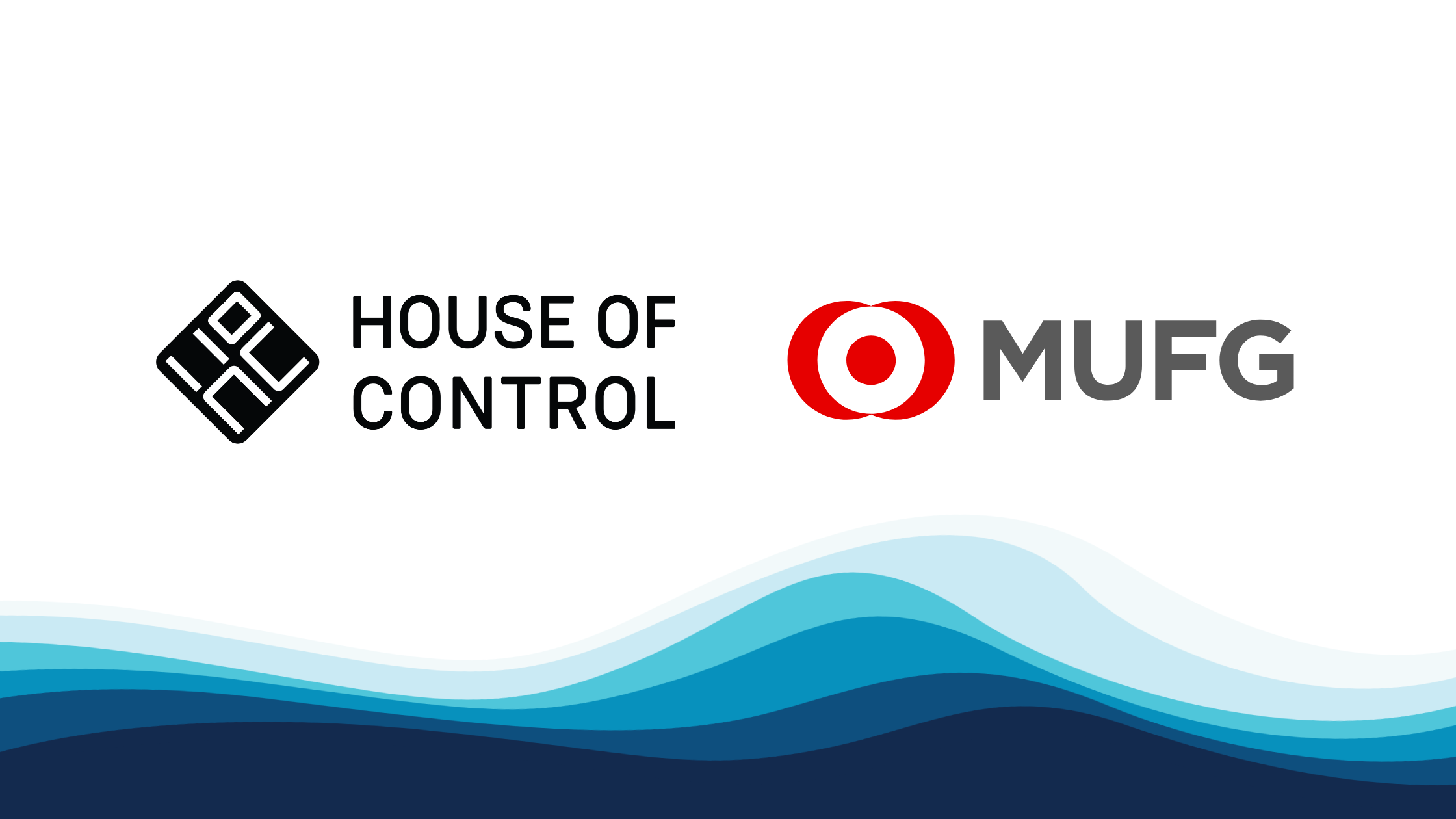Checklist to see whether you could use solutions from House of Control
House of Control is expanding rapidly on the basis of its solutions for contract management, financial leasing and IFRS 16. So how do they find the right customers for the right product?
Lars Hoffmann, Country Manager at House of Control Denmark, has been selling the Complete Control contract management software and IFRS 16 lease accounting software for almost ten years.
He says that there are many similarities between customers, irrespective of their size and sector.
“Even though all customers have their individual traits, I’ve noted that the more ticks I can make on a 10-point checklist we’ve developed, the greater the likelihood of adding a customer to our customer base. And the more ticks I make, the greater likelihood of customers becoming satisfied users who recommend us to their friends and acquaintances.”
Here’s the checklist Lars uses:
1. Multiple locations
The more addresses a company has, the more contracts it has to keep track of. In practice, we know that contracts tend to be stored in physical ring binders according to structures that are not designed to maintain a central overview.
2. Lack a uniform register of contracts
When a business’s assets, contracts and obligations are not registered in a uniform database, it is often a matter of coming up with a panic solution in Excel when the CFO asks for an overview. This generally means files that offer neither automatic updating nor functions for notifications and attachments.
3. A high degree of person dependence
When the complexity outlined in the two preceding points is combined with strong personalities, the opportunity to set up a uniform overview is diminished even further.
4. Simplification on the agenda
It is stressful for employees to have to hunt down and keep track of assets, contracts and obligations. It is correspondingly demanding to prepare reports – and even harder to keep them updated.
5. Want a better overview of the future
Rent, IT contracts, licences, leasing contracts and so on; what has to be paid over the coming period, and when? How much is linked to location X, person Y or business area Z? A more accurate overview of future obligations is important in and of itself – in the context of budgeting, for instance – and it is especially so if costs can be cut by 20 per cent, for example, or if the company is making plans for major strategic changes.
6. Looking to increase turnover
t is only a short hop from simplification to sharper focus on core assignments. The more time that is spent on administrating assets, contracts and obligations, the less time there is for serving customers. The problem with time spent on administration rather than operative activities is often felt more keenly in small enterprises.
7. Ambitions of cutting unnecessary costs
Irrespective of whether a company is big or small, public or private, it will often have ongoing contracts where the delivery itself is never used by the customer.
8. Working to improve conditions at suppliers
Companies that fail to follow up on contracts with their subcontractors do not merely run the risk of having their contracts renewed automatically. Just as often, they forfeit the opportunity to renegotiate the terms and conditions. In our experience, one phone call a year is often enough to cut prices by 10 per cent.
9. Have ongoing contracts with own customers
Does your company run on retainer contracts or other ongoing contracts with your customers? Contracts with suppliers are not the only ones you should renegotiate. In many cases, you have agreed that your prices for customers are to be index-regulated – and then you fail to follow through. This naturally has an undesirable effect on both top and bottom lines.
10. Decision-makers are (at least a little) willing to change
Solutions from House of Control are not heavyweight ERP systems; they are simple “plug & play” solutions that ensure you get up and running quickly, and have access to all the help you need. Of course, to reap the full benefits, those people at the company who are involved in the process must be (at least a little bit) willing to change their own methods.
How many ticks did you make?





